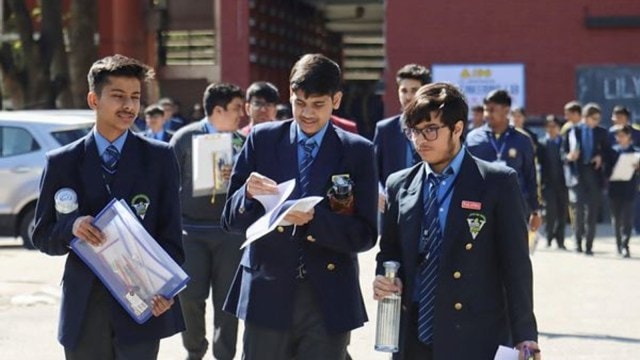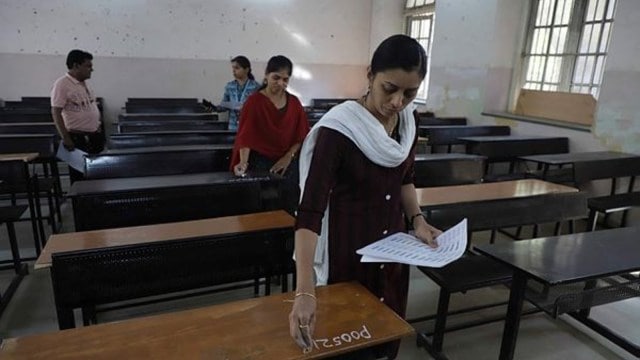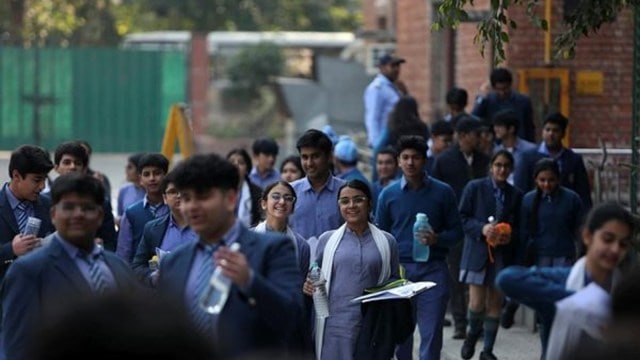
IND vs ENG: India enter Bazball Universe with concerns about efficacy of turning tracks
It has been nearly 12 years since India lost a Test series at home. Since Alastair Cook’s England rallied to defeat them 2-1 in a four-match series, India have won 16 on the bounce – a feat that not even the all-conquering West Indies and Australia sides of the past – could come close. For 12 years, with a core of their XI remaining intact, they have looked truly invincible, having lost only three Tests at home. Beginning with Michael Clarke in 2013 to Pat Cummins in 2023, 14 captains have made attempts to win a series here. And among them only Steve Smith, Joe Root and Cummins have at least managed to win a Test here.
As the Bazball lands in India, with the first Test set to begin on Thursday in Hyderabad, all things point out to why the series could be the most challenging one for India. Like in 2012, when Andy Flower and Cook masterminded a sensational series win, defeating the hosts in their own game, India are a team in transition. And for the first two Tests in Hyderabad and Visakhapatnam, they will also be without Virat Kohli, meaning they will have the combined experience of their No 3, 4, 5, 6 will be only 86 Tests. And making it the most complicated for them is the Bazball approach from England, which is making them ponder over a lot.
While India have mostly preferred to play on turners since the World Test Championship came into picture, ahead of the England series there is an element of doubt if they stick to the same formula. Under Ben Stokes and Brendon McCullum, England have binned all conventions associated with Test cricket. The concept of following something just because it has been the norm before doesn’t exist in the Bazball universe.
Despite breaking barriers, there are already questions flying from all directions in the Old Blighty if England are stretching it too far. For a series of this significance, they landed in India only on Sunday night and have just three training sessions before they take the field in Hyderabad. In Bazball universe, all the preparations for a gruelling India tour happened at Abu Dhabi from mid-January.
There is a rationale, not just bravado behind it. They feared that India might serve batting tracks with a second-string attack against them in practice games. And even if there was a turning track, it’s said that they feared the scenario where batsmen get out cheaply without facing many balls and are mopping around on the field without much practice. Instead, in Abu Dhabi, they have gone about training on custom-made tracks, working on a batting routine they hope to adopt in the Tests.
Plenty of questions for India
In the 24 matches since McCullum took over and has redefined how England play Test cricket, they have an overall strike-rate of 75.48 with the bat. In the same period, India’s is 54.57 and Australia 54.14.
This approach, where England’s batting unit never takes the pedal off, has put opposition bowlers off guard. The noise and buzz around it only adds to their aura. From having just one win out of 17 before McCullum and Stokes took charge, they have now won 13 in the next 18, including three in Pakistan and one in New Zealand. So this isn’t confined to home. Of course, the upcoming five in India will be a stern test, especially in conditions where the Bazball is yet to be tested.
And it is this unknown element that is making India fret a bit. They are blinded as to what to expect and are huddled in conversations. All things point to India playing on a turner in Hyderabad, but it is understood that this could well turn into a series where the hosts will take stock match after match. While India will heavily rely on the spin trio of R Ashwin, Ravindra Jadeja and Axar Patel, unlike the past there are deliberations if playing on turners could close the gap between the two sides, especially given India’s brittle middle-order.
On turning pitches, apart from toss becoming a crucial factor, it is one quick-fire innings from a batsman that has proved to be a big difference. It is the approach that even India’s batsmen are known to take on such conditions before they rely on the trio of spinners to do their job with the bat. However, with this high-risk game being England’s bread and butter, with their No 1 to No 11 following it to the T, there is more reason to be fearful of this approach as the game could unravel far more quickly than India have experienced at home.
A post shared by We Are England Cricket (@englandcricket)
//www.instagram.com/embed.js
With all the venues having black soil pitches, for now India believe the lack of bounce and pace off the pitch could keep England’s batting in check. Such tracks where the batting unit have to force the pace could also unsettle England’s plans of playing taller batsmen – long reach against spinners – to an extent.
There were even deliberations whether India should go back to their traditional flat decks, which they used to great success during the 2016/17 season where they defeated New Zealand, England and Australia. But even that comes with its own risk element, especially with Bazball. Apart from toss being a factor as batting last on a deteriorating surface could be quite risky, the Bazball has thrived especially in such conditions. Even back home in England, they have moved on from playing on green tracks, instead opting for flat decks that suit England’s stroke-makers.
“I don’t really relate to the term Bazball,” Jasprit Bumrah would tell Guardian. “But they are playing successful cricket and the aggressive route of taking the opposition on, showing the world there’s another way to play Test cricket. As a bowler, what I think is that it keeps me in play. And if they’re going for it, playing so fast, they won’t tire me out, I could get heaps [of wickets]. I always think about how I can use things to my advantage. Kudos to them but, as a bowler, you’re in the game.” Well, that’s one way to look at it, but there are concerns for India.
That they are facing their biggest ever test in over a decade without their best batsman makes it all the more interesting. Of course, given the calibre of India’s spinners which also includes Kuldeep Yadav, there is still every reason to believe they can extend their unbeaten streak at home. That Australia managed to keep the Bazball in check until Nathan Lyon was around at the Ashes last year would make India all the more hopeful, provided their batting unit steps up without their best Test batsman.

 Posts
Posts Sign up as a Teacher
Sign up as a Teacher







